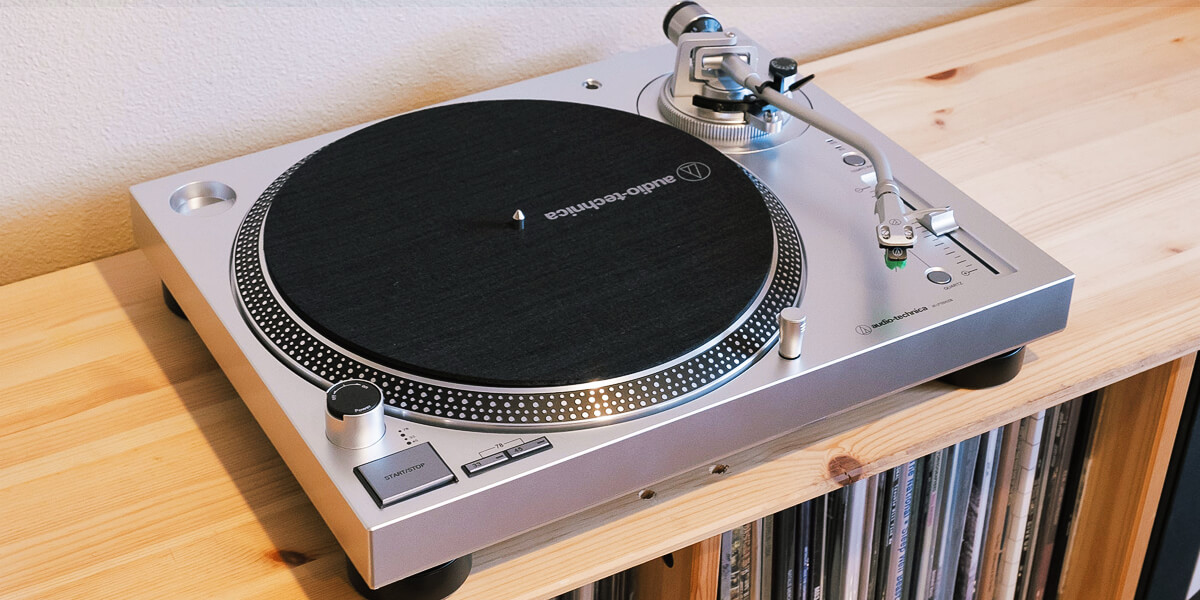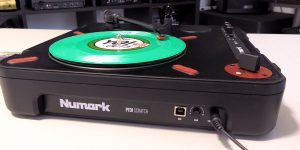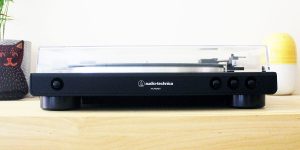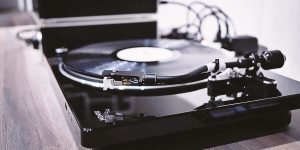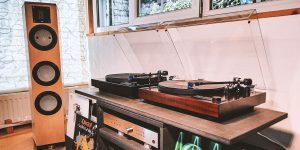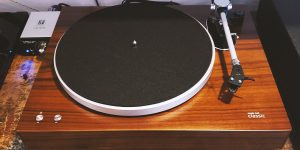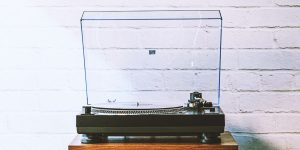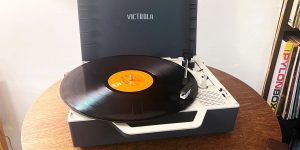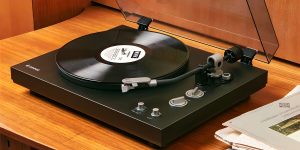Every detail matters when it comes to enjoying the warm and immersive sound of vinyl. As a turntable enthusiast, I’ve spent years exploring the intricacies of this fascinating world. And today, I want to share a critical aspect of turntable setup with you — turntable isolation.
Vibrations, whether external or internal, can significantly affect the performance of your turntable, leading to a less-than-perfect listening experience. By isolating your turntable from these unwanted vibrations, you will unlock the true potential of your vinyl collection and elevate your listening sessions to new heights. Are you intrigued? Then dive in to discover how to improve your turntable’s overall sound quality by reducing vibrations
Understanding turntable vibrations
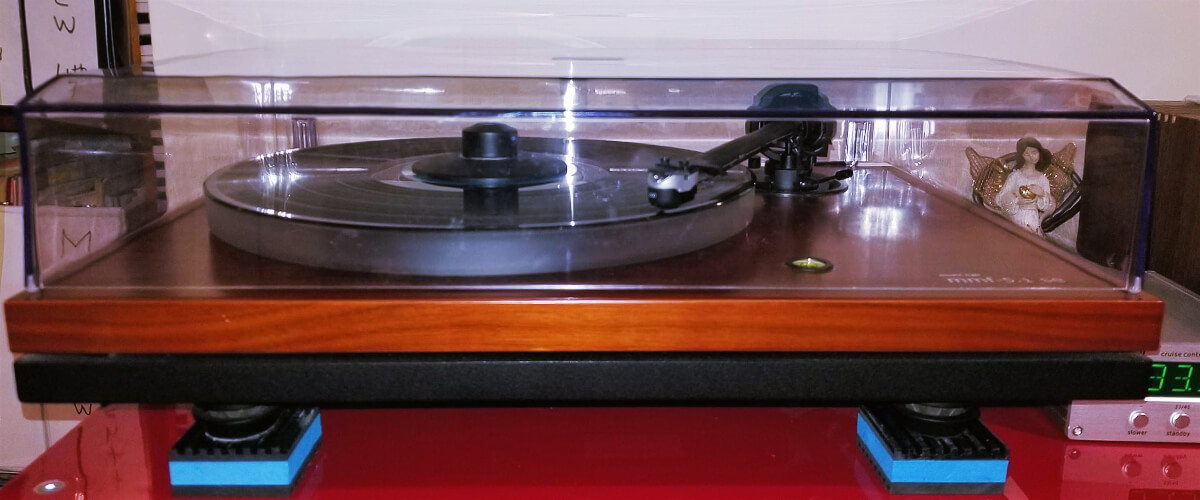
Main causes of turntable vibrations
Before I delve into the methods of isolating your turntable, let’s identify the root causes of turntable vibrations. Turntable vibrations typically fall into two categories: external vibrations and internal vibrations.
External vibrations are those that originate from the environment surrounding your turntable. Common sources of these vibrations include footsteps, speakers, appliances, and even nearby traffic. These factors can transmit vibrations through the surface your turntable rests on, ultimately affecting its performance and sound quality.
On the other hand, internal vibrations are generated by the turntable itself. This happens mainly due to the mechanical components involved in its operation, such as the motor and platter. Even high-quality turntables can produce some level of internal vibrations, which can then be picked up by the stylus and amplified through your audio system, causing a decrease in sound quality.
How vibration affects the sound of vinyl
When unwanted vibrations reach the turntable, they can cause several issues, including:
- Vibrations can cause the stylus to lose proper contact with the record’s grooves, leading to audio distortion or skipping.
- Excessive vibrations can mask your vinyl’s subtle nuances and details, resulting in a less engaging and immersive listening experience.
- Poor turntable isolation can also increase wear on your vinyl records, as the stylus is more likely to scrape the sides of the grooves.
Turntable isolation techniques
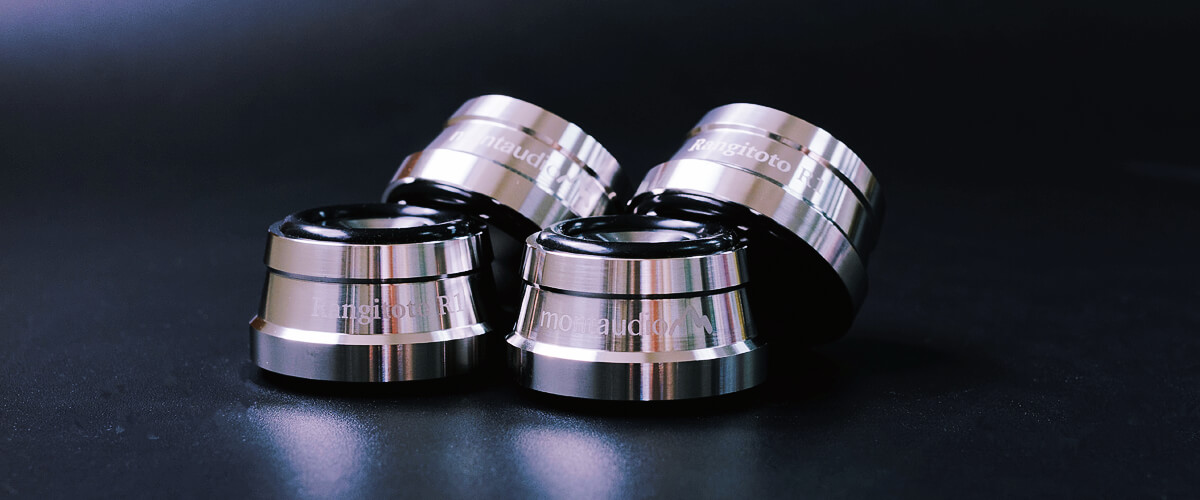
Upgrading to an isolation platform or base
I cannot but stress the importance of a stable, vibration-resistant surface for your turntable. One of the most effective ways to achieve this is by upgrading to a dedicated turntable isolation platform or base. Trust me, you’ll be amazed by the difference it makes in your listening experience.
These specialized platforms are designed to work wonders in dampening vibrations from the surface your turntable rests on. With a variety of materials and technologies at play, such as sorbothane, springs, or air bladders, these platforms effectively reduce external vibrations that could otherwise compromise your sound quality.
In my experience, sorbothane has been a game-changer for many turntable setups. And let’s not forget high-density foam, another excellent choice for isolating your turntable.
Using isolation feet or pads
Another technique I’ve found to be effective in reducing vibrations and improving sound quality is the use of isolation feet or pads. This simple yet effective upgrade involves replacing the standard feet of your turntable or placing isolation pads under the existing feet. These components are specifically designed to absorb vibrations and increase stability, providing your turntable with a solid foundation. They come in a variety of materials and designs, each offering unique benefits.
You might want to consider rubber or silicone feet, which are fantastic at dampening vibrations. Spiked feet are another option that can help minimize contact points between your turntable and its supporting surface, further reducing vibrations.
Wall-mounting your turntable
Now, let me share another technique that can truly revolutionize your turntable setup: wall mounting. By mounting your turntable on a wall, you will eliminate floor vibrations and provide a more stable surface.
The advantages of wall-mounting your turntable are numerous. For starters, it separates your turntable from vibrations caused by footsteps or other activities happening on the floor. Additionally, a well-installed wall mount will provide a remarkably stable surface, allowing your turntable to perform at its best.
When considering a wall mount or shelf for your turntable, choose a sturdy option. Look for wall-mounts made from high-quality materials that can support the weight of your turntable and its associated components.
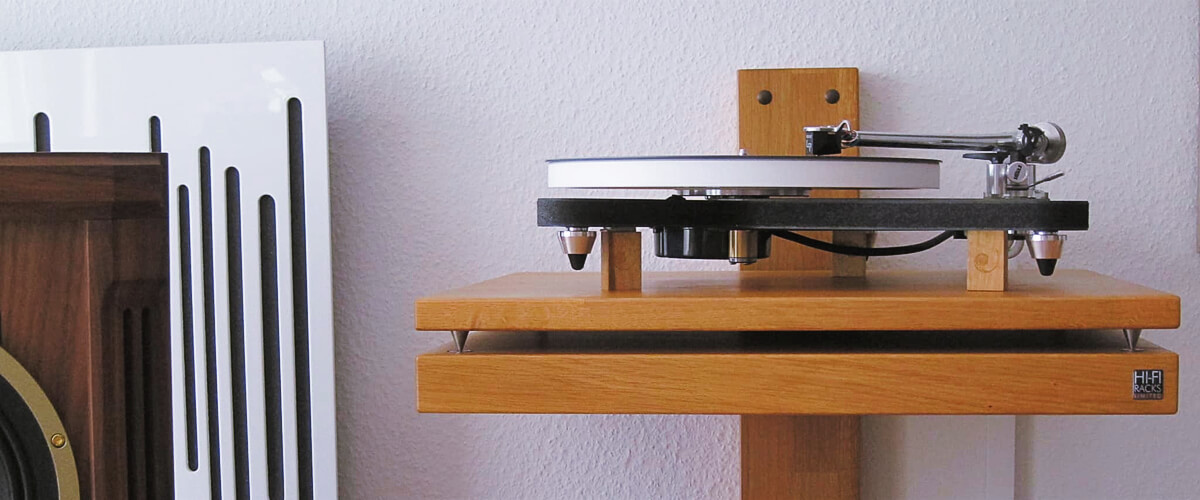
Utilizing a dedicated audio rack or furniture
At some point, I’ve come to appreciate the value of dedicated audio racks or specialized furniture designed specifically for turntables. These purpose-built solutions are highly effective for isolating the turntable from vibration. So, I believe they are a worthwhile investment for any vinyl lover striving to achieve a better listening experience.
These racks provide a stable and secure foundation for your turntable. In my experience, a well-built rack significantly reduces vibrations, allowing your turntable to perform at its utmost.
When selecting an audio rack or furniture, pick a well-constructed option. Some racks even come with built-in isolation features or modular designs that allow for customization, which can further enhance your turntable’s performance.
More tips for proper turntable isolation
Here are some additional tips that will help you further enhance your turntable isolation efforts and improve your overall listening experience:
- Make sure to correctly set up and maintain your turntable, including proper tonearm balancing, cartridge alignment, and platter leveling.
- Optimize your listening space by identifying and addressing common acoustic issues, such as reflections and standing waves. Incorporate acoustic panels, bass traps, and diffusers to reduce unwanted vibrations and create an optimal listening environment.
- Upgrade your turntable’s platter, tonearm, or cartridge to further improve vibration isolation and sound quality.
- Assess the effectiveness of your turntable isolation efforts by using tools such as mobile apps or test records. Make adjustments or try alternative solutions to fine-tune your turntable setup if needed.
I hope that my simple yet experience-tested recommendations will help you take one more step toward perfect sound quality.

